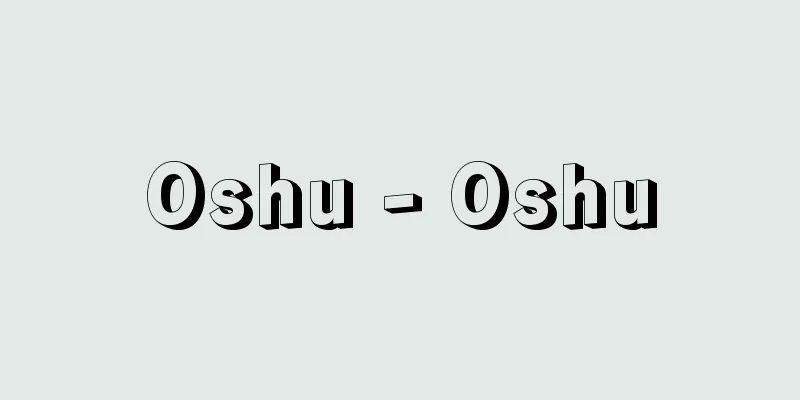Perigee - Perigee

|
The moon and artificial satellites revolve around the earth in elliptical orbits, and the point at which they are closest to the earth is called the perigee. The point at which they are farthest from the earth is called the apogee. [Sadao Murayama] [Reference] |Source: Shogakukan Encyclopedia Nipponica About Encyclopedia Nipponica Information | Legend |
|
月や人工衛星などは地球の周りを楕円(だえん)軌道を描いて公転しているが、その軌道上でもっとも地球に近づく点が近地点である。これに対してもっとも地球から遠ざかる点が遠地点である。 [村山定男] [参照項目] |出典 小学館 日本大百科全書(ニッポニカ)日本大百科全書(ニッポニカ)について 情報 | 凡例 |
<<: Drawstring bag - Drawstring bag
>>: Incompetent person - Kinchisansha
Recommend
Kawakami [town] - Kawakami
A former town in Kawakami District, western Okayam...
Fukanzazengi
Dogen's book. 1 volume. Completed in 1227. The...
Palladino, E. (English spelling) PalladinoE
...As a result, they are not often the subject of...
laboratories
…What makes a nobleman a nobleman is his noble bi...
Kyo Chongji - Kyo Chongji
... The right wing of the Kuomintang was original...
Aturia (English spelling)
A genus of the cephalopod order Nautiloidea, a fos...
Okayama Domain
A Tozama domain centered on Bizen Province (Okaya...
The fliegende Hollander (English spelling)
…Completed in 1840, this opera was written in the...
Kaptein Star - Kaptein Star
…Alpha stars are also faint, with a magnitude of ...
Rotten borough
In the UK, this refers to urban constituencies th...
Pozdneev, DM (English spelling) PozdneevDM
…Until the beginning of the 20th century, Japanes...
Silver plate photography - Ginbanshashin
A photographic method in which a highly polished s...
Ring shout (English spelling)
...According to records from that time that descr...
Basil's Cathedral (English name: Khram Vasiliya Blazhennogo)
A cathedral in Moscow's Red Square. Built in 1...
Eri Fisheries - Erigyogyo
…The reason why the jars in these Southeast Asian...









